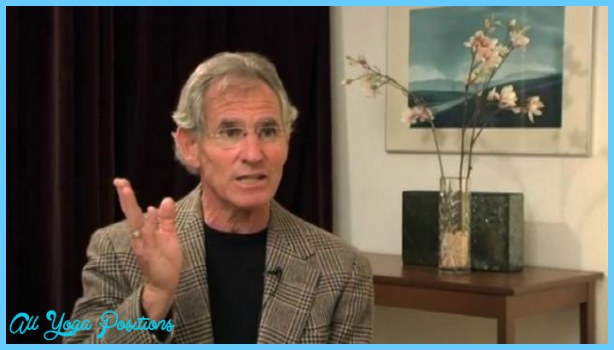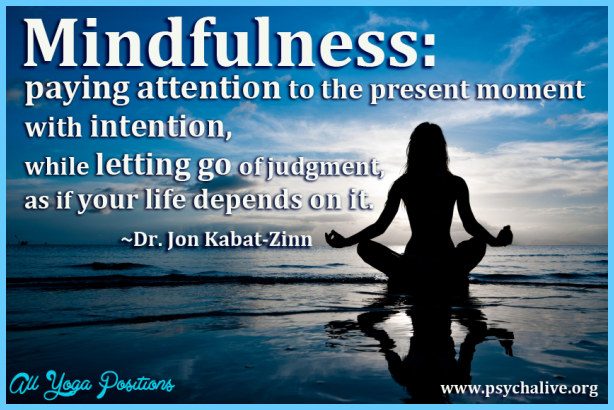MEDITATION, ECSTASY, AND ILLUMINATION
I am sure you recognize that the three words of my title meditation, ecstasy, and illumination mark the different stages of spiritual attainment. Illumination has also been spoken of as enlightenment. Buddha, for instance, attained to illumination or enlightenment; that is how he became the Buddha, the Enlightened One. I think the significance of this word is that the supreme Truth or supreme Reality exists, but because of a certain darkness in our vision that is to say, because of ignorance we are not able to perceive this most wonderful thing. Through regulated spiritual effort, this darkness is removed from our consciousness or perception, and as it disappears, we become aware of the supreme Reality. When all darkness has been removed, when there is only light that is called illumination. The word illumination indicates a subjective transformation, but it is also a statement of things as they are; it points to something that is always here, that is eternal, all-satisfying something which is to be perceived and without perceiving which, we remain immersed in the darkness of ignorance. Illumination is the highest state, but before we reach it we pass through many other states which are all very exalted.
Ecstasy is one of those advanced spiritual states. Outwardly, this condition is marked by the stopping of the function of the senses. The person cannot speak; there seems to be a tremendous emotion surging within him which prevents him from speaking; he cannot hear, he cannot see anything, or if he hears and sees, it is only very vaguely. Inwardly, that is to say subjectively, ecstasy is a state of very great joy and also of love. If a person is a follower of the path of devotion, or bhakti yoga, then he will feel an upsurge of love for God. If he is following some other path, say jhana yoga, the path of reason, this love may not surge within him, but he will feel a tremendous joy, a joy that sometimes becomes so intense that it is difficult for the body to contain it. If a person enters into that state in our presence, we cannot but be impressed by the wonderfulness of it. The person seems to be completely transformed: his whole body shines with an unearthly light; his face clearly indicates that there is going on within him, something not of this earth, something that every one of us would like to possess even to a slight degree.
Well, of course, you cannot reach this state, or similar states, unless there has taken place a profound transformation in your own being, and that is where meditation comes in. I think it would be well to speak here of meditation when it has been well developed within us, that is to say, in a quite pronounced form. Meditation has been described in various ways in our books, and since hundreds and thousands of people in every country have practised meditation, these descriptions are confirmed by their experiences. For example, in the Gita there is the phrase yatha dipo nivatasthox a flame in a place where there is not the slightest movement of air and which therefore does not flicker’. You must have sometimes noticed a candle flame just standing still. It is inspiring indeed. As a matter of fact,, anything that stands still, that doesn’t have any movement, seems inspiring to a spiritual person; it will give him memories of spiritual experience, of a deep state of meditation. Again, speaking of this high state of meditation, there is a passage in one of the Upanishads: vraksa iva stabdho divi tisthatyekah. tenedam purnam purusena sarvam2 This One is existent, changeless in the whole universe, like a tree completely still against the sky’. There are other illustrations tailadharavat anavicchinnah, like the flow of oil without any interruption’. When oil flows from one vessel to another continuously, it will give you the impression that there is no movement at all.








